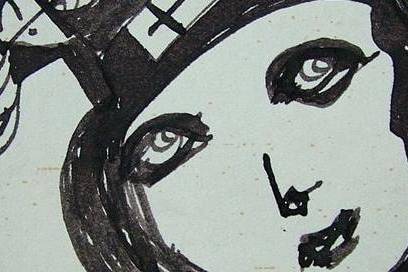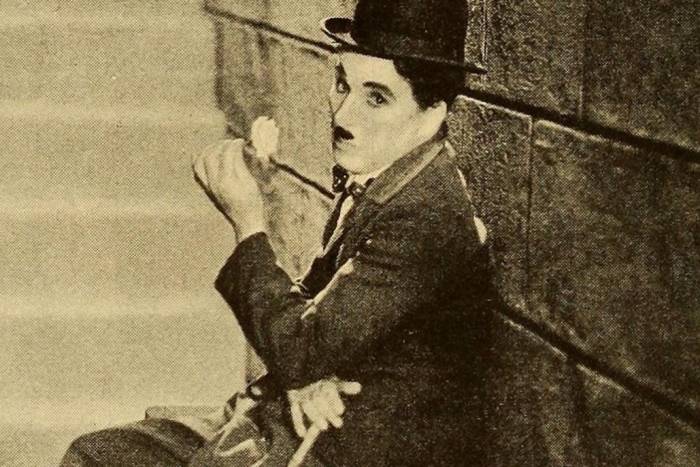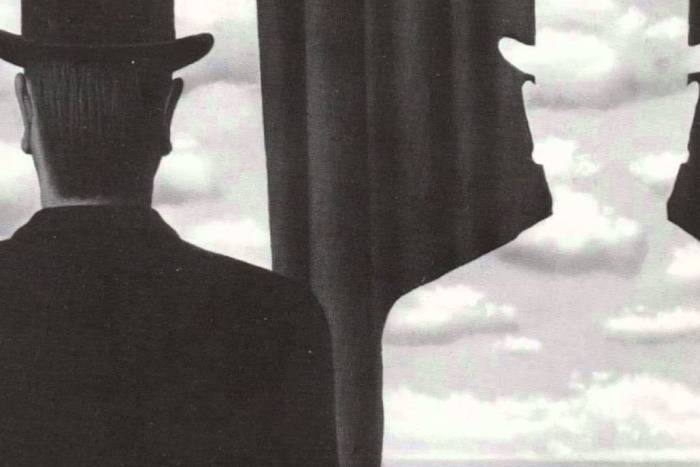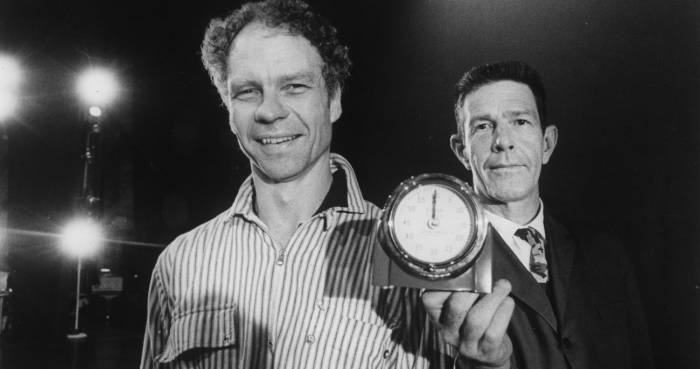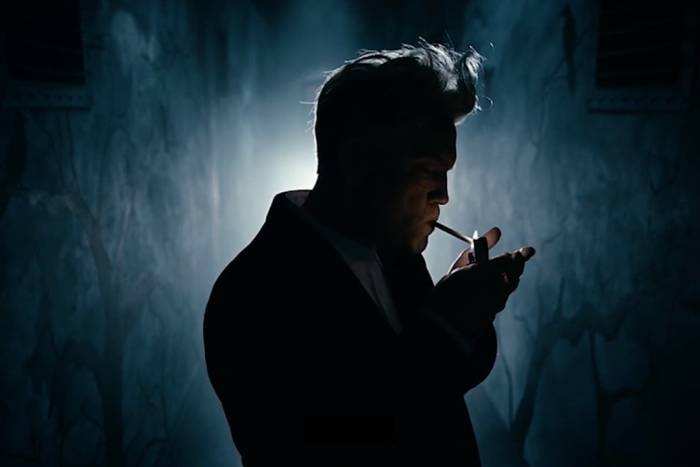The Geometry of Musical Gesture: A Conductor Seen Though His Movement (Video)
The corporal eloquence of an orchestra conductor is translated into a digital visualization.
As much as anything that makes music what it is, the figure of the orchestra conductor can be fascinating.
When we think of classical music, there’s sometimes a tendency to consider it as a fixed, finished reality. The idea may be because in our own time, and at least since the middle of the 20th century, mass culture’s effect on so-called academic music has led to a canonization which simply hasn’t changed. We see it repeated in almost everything concerning the form of classical music. In albums, compositions, and composers, in performances and in entire orchestras, the same selections are scheduled in all of the different concert halls to which we may have access.
Justifiably then, we might grant that with the repetitions of the names of certain composers there are those who still believe that classical music is all the same, from Bach to Wagner; that it’s always been listened to in these same places and under these same conditions.
This is not so, of course. As human expression goes, classical music has its own history, it has changed, and it’s taken the form in which we know it only after all of the earlier circumstances of its development.
The figure of the orchestra conductor, then, might be seen as the kaleidoscope where some of these many features most typical of music are reflected. A conductor, someone who did not always exist, was molded little by little by inventing him or herself. This was first as a more or less neutral figure, one more instrument who contributed to a work’s execution. Later, it was as an interpreter, or perhaps it would be better to say as a “medium.” This has been especially true since Franz Liszt, one of the first conductors to consolidate the modern role of the conductor. The conductor’s work has consisted primarily in re-creating music, being an architect of the aesthetic experience as it exists in the power of the score, but which comes to life only when musicians begin to sound their instruments and the conductor orchestrates their flow. At times, it as the captain of a ship raising storms. At others, it will be as a loving teacher providing guidance. Another might be more like those priests of ancient cults who used magic formulas to invoke the power of another reality.
This characterization of the conductor allows us to better understand why each is so unique. To some large extent, these attributes explain and condense the conductor’s role. If music has already in itself a wide margin for subjectivity, even as it is performed, then within the history of the invention of the orchestra conductor, this free area has been highly explored, although not quite exhausted. Each conductor is recognized for his or her own style. This flows from a personal idea of the music, and this in turn is transmitted through everything that they do. Herbert von Karajan closed his eyes while conducting. Otherwise, he hardly moved. Leonard Bernstein, on the other hand, couldn’t contain the ecstasy to which certain pieces brought him, and everything in him was taken by the spirit of the music.
Recently, the digital designer, Tobias Gremmler, took one aspect of the uniqueness of a conductor to turn the whole into a creative work. This was based on the movements of Simon Rattle – a prominent interpreter of Gustav Mahler, and conductor since 2002 of the Berlin Philharmonic Orchestra and, since September 2017, of the London Symphony. Gremmler elaborated a delicate, eloquent visualization of all of the chaotic and multiple forms which emerge from the very body of the conductor, in this case by leading his orchestra through the score of Enigma Variations by Edward Elgar.
The result is a kind of geometric materialization of the abstract, inseparable from the music. It’s as if before this impossible, dreamlike architecture, we might finally see what an orchestral piece is, although it changes with every passing moment.
Like the music itself, like everything human, it’s inscribed in but the flow of time.
Related Articles
Pictorial spiritism (a woman's drawings guided by a spirit)
There are numerous examples in the history of self-taught artists which suggest an interrogation of that which we take for granted within the universe of art. Such was the case with figures like
Astounding fairytale illustrations from Japan
Fairy tales tribal stories— are more than childish tales. Such fictions, the characters of which inhabit our earliest memories, aren’t just literary works with an aesthetic and pleasant purpose. They
A cinematic poem and an ode to water: its rhythms, shapes and textures
Here lies One Whose Name was writ in Water. - John Keats Without water the equation of life, at least life as we know it, would be impossible. A growing hypothesis holds that water, including the
Watch beauty unfold through science in this "ode to a flower" (video)
The study of the microscopic is one of the richest, most aesthetic methods of understanding the world. Lucky is the scientist who, upon seeing something beautiful, is able to see all of the tiny
To invent those we love or to see them as they are? Love in two of the movies' favorite scenes
So much has been said already, of “love” that it’s difficult to add anything, much less something new. It’s possible, though, perhaps because even if you try to pass through the sieve of all our
This app allows you to find and preserve ancient typographies
Most people, even those who are far removed from the world of design, are familiar with some type of typography and its ability to transform any text, help out dyslexics or stretch an eight page paper
The secrets of the mind-body connection
For decades medical research has recognized the existence of the placebo effect — in which the assumption that a medication will help produces actual physical improvements. In addition to this, a
The sea as infinite laboratory
Much of our thinking on the shape of the world and the universe derives from the way scientists and artists have approached these topics over time. Our fascination with the mysteries of the
Sharing and collaborating - natural movements of the creative being
We might sometimes think that artistic or creative activity is, in essence, individualistic. The Genesis of Judeo-Christian tradition portrays a God whose decision to create the world is as vehement
John Malkovich becomes David Lynch (and other characters)
John Malkovich and David Lynch are, respectively, the actor and film director who’ve implicitly or explicitly addressed the issues of identity and its porous barriers through numerous projects. Now

